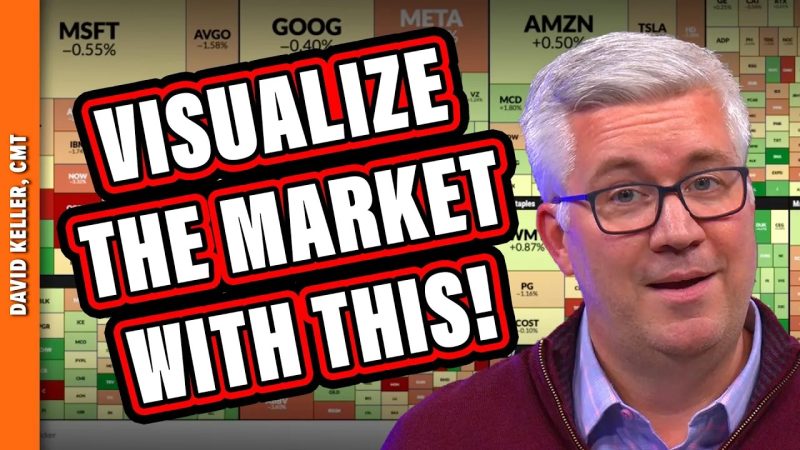Market Visualization Tools: A Guide to Choosing the Best One for Your Business
When it comes to making informed decisions in today’s data-driven business environment, having the right tools for market visualization plays a crucial role. With the abundance of options available, it can be overwhelming to choose the best tool that aligns with your business needs. In this article, we will explore some of the top market visualization tools and key considerations to help you make an informed decision.
1. Tableau: Known for its powerful data visualization capabilities, Tableau is a popular choice among many businesses. It offers interactive dashboards, intuitive drag-and-drop functionality, and a wide range of visualization options. Tableau allows users to create dynamic visualizations that can uncover insights and trends within complex datasets. With its user-friendly interface and ability to handle large datasets, Tableau is well-suited for businesses of all sizes.
2. Power BI: Developed by Microsoft, Power BI is another leading market visualization tool that offers robust features for data analysis and visualization. Power BI allows users to connect to multiple data sources, create interactive reports and dashboards, and share insights with others. With its seamless integration with other Microsoft products, Power BI is a great choice for businesses that already use Microsoft services.
3. QlikView: QlikView is a business intelligence platform that enables users to create dynamic and interactive visualizations from multiple data sources. It provides powerful data exploration capabilities and allows users to analyze information in real-time. QlikView’s associative model helps users uncover hidden insights and make data-driven decisions quickly. With its flexible deployment options, QlikView is ideal for businesses looking for a comprehensive market visualization tool.
Key Considerations When Choosing a Market Visualization Tool:
– Ease of Use: Look for a tool that offers a user-friendly interface and intuitive features to ensure that users can easily create visualizations without extensive training or technical expertise.
– Scalability: Consider the scalability of the tool in terms of handling large datasets, accommodating growth in data volume, and supporting the needs of your business as it expands.
– Integration Capabilities: Choose a tool that seamlessly integrates with your existing systems and data sources to streamline the visualization process and ensure data accuracy.
– Customization Options: Look for a tool that offers a wide range of visualization options, customization features, and the ability to tailor visualizations to meet specific business requirements.
– Support and Training: Consider the availability of support resources, training materials, and a strong user community to help you make the most of the market visualization tool.
In conclusion, selecting the right market visualization tool is essential for businesses looking to gain valuable insights from their data and make informed decisions. By evaluating factors such as ease of use, scalability, integration capabilities, customization options, and support resources, you can choose a tool that meets your specific business needs and helps you visualize data effectively. Whether you opt for Tableau, Power BI, QlikView, or another tool, investing in a reliable market visualization tool can pave the way for data-driven success in your business.
